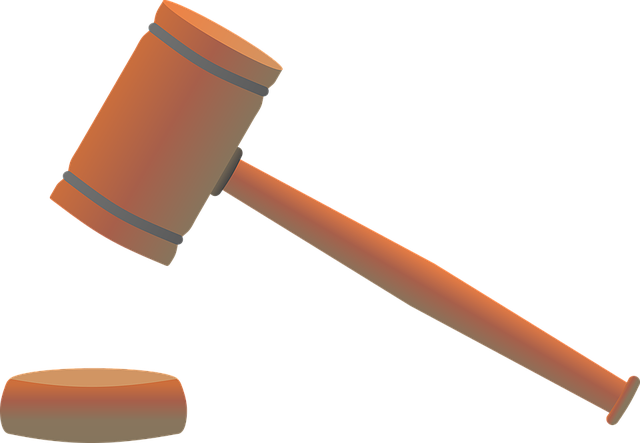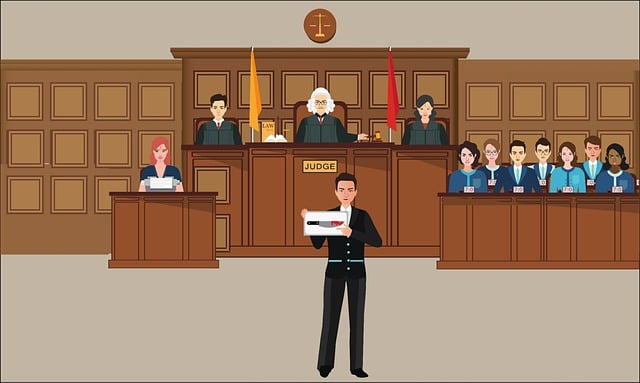Product liability settlement amounts are primarily determined by the severity of defects and resulting injuries, with minor flaws leading to lower settlements while significant design malfunctions and severe injuries command higher compensation. Contributory negligence and comparative fault play a crucial role in apportioning responsibility, impacting settlement amounts, as seen in truck accident cases where partial fault can reduce compensation. Legal precedents and jury decisions further influence settlements, with previous cases providing guidance for judges and juries considering severity of harm, manufacturer's responsibility, and comparable outcomes.
“Uncovering the factors that dictate product liability settlement amounts is essential for understanding the complex process. This article delves into the key elements shaping compensation, offering a comprehensive guide for both legal professionals and victims. We explore two primary aspects: the scope of product defects and their impact on injury severity, as well as the role of contributory negligence. Additionally, we analyze the influence of legal precedents and jury decisions in similar cases, providing insights into how past settlements shape future expectations for product liability claims. Maximizing settlement amounts requires a nuanced understanding of these factors.”
- Scope of Product Defect and Injury Severity
- Contributory Negligence and Comparative Fault
- Legal Precedents and Jury Decisions in Similar Cases
Scope of Product Defect and Injury Severity

The scope of a product defect and the severity of resulting injuries play a pivotal role in determining product liability settlement amounts. A comprehensive evaluation of these factors is essential for both plaintiffs and defendants to navigate the complex landscape of product liability law. The extent of the defect, whether it’s a minor flaw or a significant design malfunction, directly impacts the potential compensation. Similarly, the severity of the injury suffered by the victim influences the settlement value.
For instance, in cases involving truck accidents where fiduciary duty breaches lead to severe injuries, the resulting product liability settlements tend to be higher compared to less serious incidents. This is also true for car accident lawyers dealing with clients who have sustained life-altering injuries due to defective products. The impact of these defects and injuries on an individual’s quality of life, medical expenses, and lost earning capacity are all considered in calculating fair compensation in product liability cases.
Contributory Negligence and Comparative Fault

In product liability cases, contributory negligence and comparative fault are significant factors that can impact settlement amounts. These legal principles allocate responsibility for an injury between the victim and the defendant, manufacturer or seller of a defective product. If the plaintiff is found to be partially at fault for their injuries, their compensation will typically be reduced in direct proportion to their degree of fault. For example, if a Miami accident lawyer representing a client involved in a truck accident determines that the client was partly negligent for not paying adequate attention while driving, the settlement amount from a successful truck accident claim might be reduced accordingly.
Understanding these concepts is crucial when seeking a personal injury consultation for any type of incident involving defective products. The strategy for pursuing a product liability case and negotiating a settlement or verdict will differ based on how much fault is assigned to each party. This dynamic interplay between contributory negligence and comparative fault underscores the importance of gathering comprehensive evidence, consulting with legal experts, and presenting a robust case when pursuing a product liability claim, such as in the event of a truck accident claim.
Legal Precedents and Jury Decisions in Similar Cases

Legal precedents and jury decisions play a pivotal role in shaping product liability settlement amounts. When a case resembles previous cases with similar facts and damages, judges often refer to these legal precedents as a guide for their own rulings. These precedents can significantly impact the potential client recovery in product liability cases. For instance, if a car accident lawyer successfully argues that a defective vehicle part caused a severe injury, and a similar case previously resulted in a substantial settlement, it could strengthen the argument for a higher compensation.
Juries also play a crucial role in deciding settlement amounts through their verdicts. In product liability trials, juries consider various factors such as the severity of harm, the responsibility of the manufacturer, and comparable cases when reaching a decision. Understanding these legal precedents and jury dynamics is essential for both plaintiffs and defendants to negotiate fairly. This knowledge helps car accident lawyers advocate for their clients’ rights and ensures that real estate disputes related to product liability are resolved with just compensation, reflecting the true extent of harm suffered by the victim.
When determining product liability settlement amounts, several key factors come into play. The severity of the defect and resulting injury, along with the concept of contributory negligence, significantly impact the final figure. Legal precedents and jury decisions in similar cases also serve as benchmarks, offering insights into how different scenarios are valued. By considering these aspects, both plaintiffs and defendants can better navigate negotiations, ensuring settlements that reflect the unique circumstances of each product liability case.






